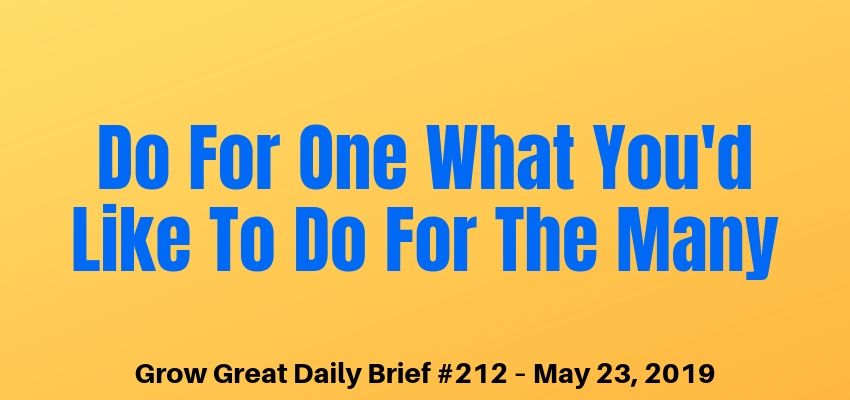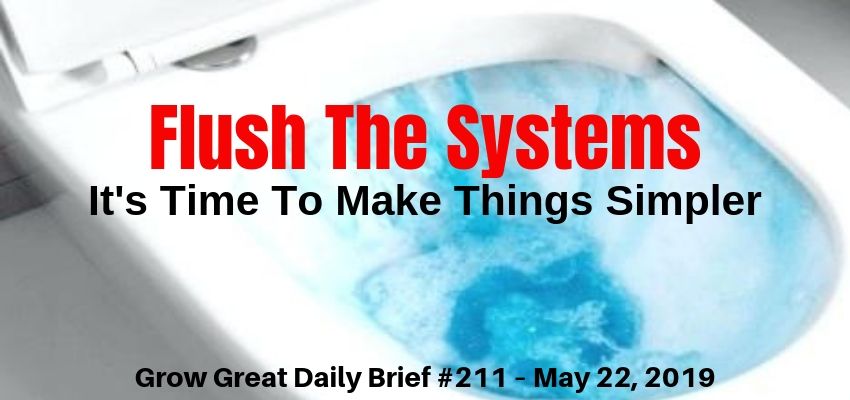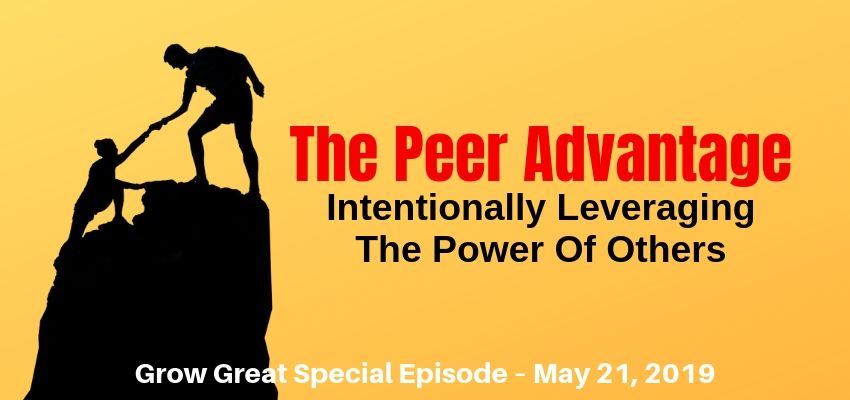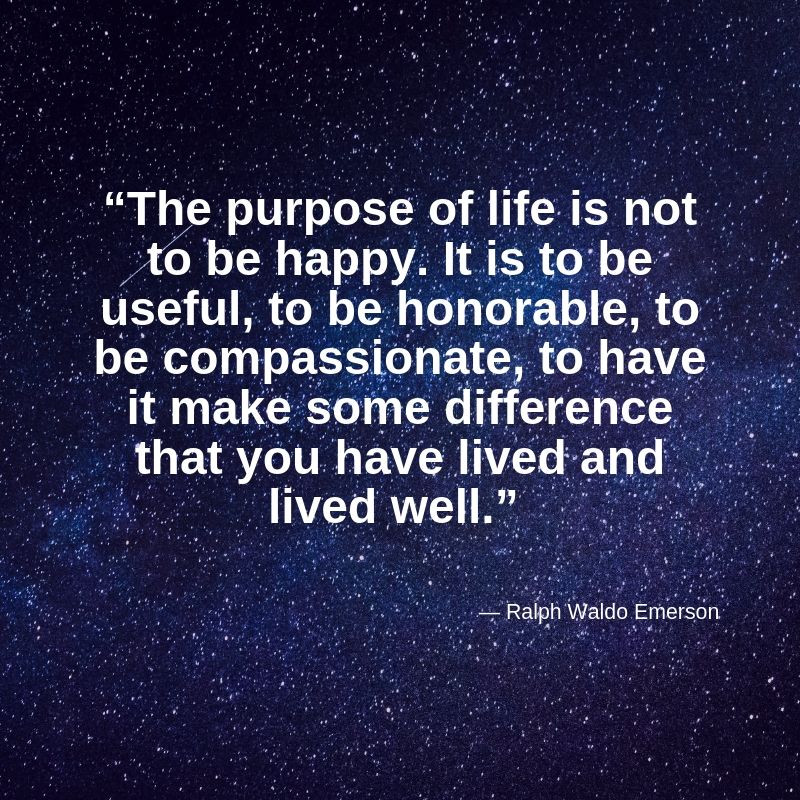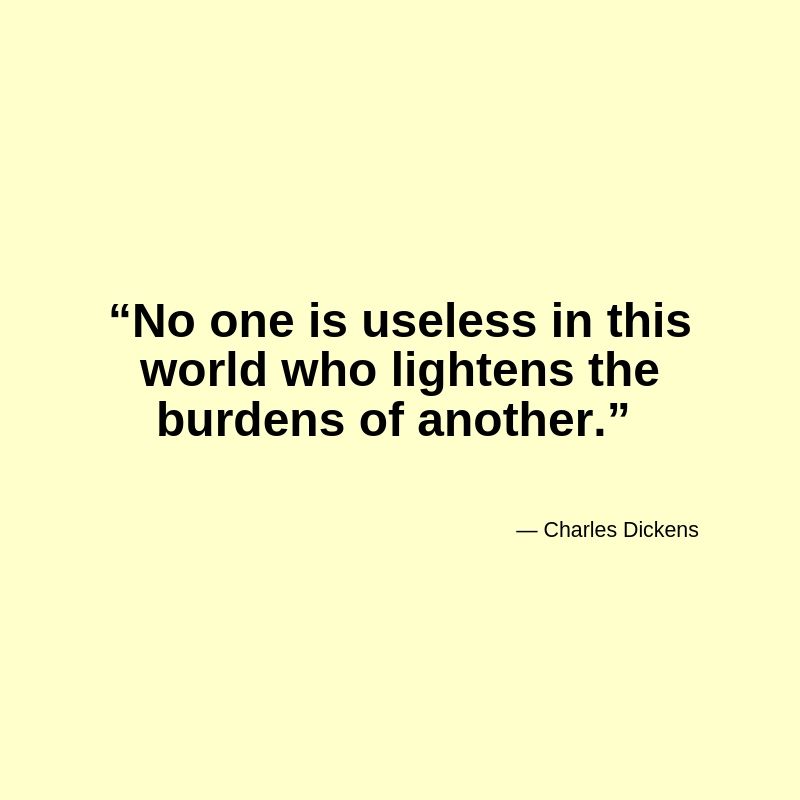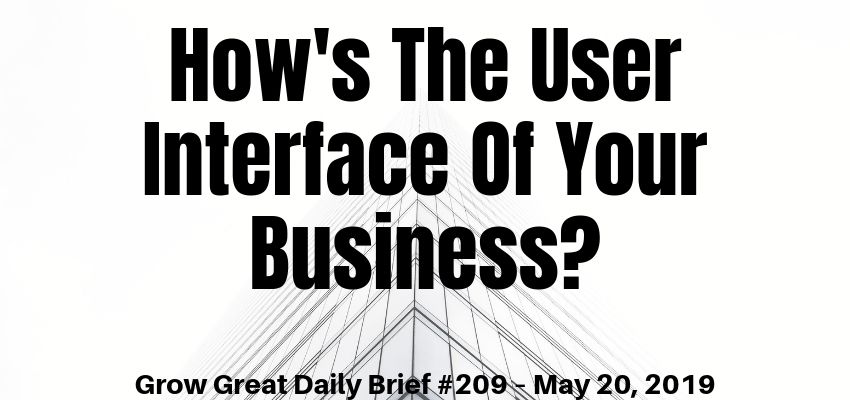Do For One What You’d Like To Do For The Many – Grow Great Daily Brief #212 – May 23, 2019
Podcast: Play in new window | Download (Duration: 7:01 — 8.5MB)
Subscribe: Apple Podcasts | Spotify | Email | RSS | More
I’m a big fan of this customer happiness strategy. My wiring is such that I look for opportunities to do it. But I love terms like dazzle and remarkable. Better yet I love to deliver those kinds of experiences.
Let me illustrate what it looks like.
I once had a customer of a retailing company I was leading who was not happy. He had made an extensive investment with our company, a luxury retail company. The details don’t matter, but the product hadn’t provided him with the spectacular experience it should have. The person in our company handling this client did a proper job of trying to resolve the issue by working with the manufacturer and the client. But it was going far too slowly. And the customer continued to escalate his concerns.
For context, you should know the customer was a great customer based on the investment he made with our company. That spoke of the trust he put in us. Additionally, he was our ideal client. He lived in one of the richest zip codes in Texas (and the country). He was a surgeon. His home was often used to entertain and the people he entertained were also our clients or prospective clients.
One day his frustrations boiled over and he wound up getting me on the phone where I patiently listened. After explaining his situation – which he did without interruption from me – I paused and asked him, “Dr. ___________, I’m only interested in one thing, making you happy. What would make you happy?” He was completely taken off guard so I continued, “It’s not a loaded question. I’m being completely honest and truthful. I’m going to resolve this for you right now before we hang up, but since you’re the person who has been inconvenienced and you’re the one we’ve disappointed, I don’t think it’s fair of me to tell you what we’ll do to make you happy. I’d rather you decide.”
The doctor said, “I don’t know what to say. This is why we do business with your company because we know this is how you guys are going to work, but I don’t know how to answer that.”
I asked if he’d permit me to put him on hold for about 30 seconds while I pulled up all the necessary details on his transaction. He happily agreed. In about 15 seconds I was back on the phone.
“Let’s talk this through,” I suggested.
One item was at the heart of the problems. One of many. It was an item that was over $1,000. Closer to $1,500. We had gone back and forth with the vendor to resolve the issue, but a defective part was back ordered making the doctor’s brand new purchase – already installed in his home (that was the catch) – unusable.
It was evident the doctor knew we’d take care of him, but he didn’t have any suggestions. Mostly because the product was already installed and it wasn’t some simple installation (or de-installation and re-installation). There were a few hours of labor and a few hundred dollars of costs associated with it.
So as not to prolong the problem I offered the doctor a suggestion.
“Let me ask you a question,” I said. “Based on what I know you love that item and it’s the one you most want, is that right?”
“Yes, absolutely. I just want it to work as it should,” he said.
“Would you be happy if today – or at your earliest convenience – we uninstalled that one and replaced it with a brand new one…”I began. He interrupted, “Oh, absolutely. I’d be thrilled.”
“Let me finish…” I continued. “And…I’m going to refund you the entire purchase price of the item and the installation charge, too.”
“Would that make you happy?” I asked.
The phone went silent for a bit. “Doctor? Are you still there?” I asked.
“Yes, I’m here,” he said. “That’s unbelievable. You don’t have to do that. I’d be thrilled to have you install a replacement unit. You don’t need to return any money. That’s a lot of money.”
“No, sir. I’m happy to do it and I apologize for the problems you’ve had,” I said.
We chatted a bit more and he pressed how it had only been a few days since the installation, but he had a big party planned (something I already knew) and he admitted to being somewhat panicked about it because his wife was anxious.
“Well, let’s relieve her anxiety and fix your problem today,” I offered.
So that’s what we did.
When I informed the staff member of what I’d done, she was not very happy. I understood it. She’d been slavishly working with the manufacturer to get this problem handled as she had been directed. I had come in, and in one fell swoop, yanked the rug out from under her.
So I explained. “Dr. ___________ spent almost $20,000 with us. He entertains regularly. We’re his store of choice. I was able to do for him what we’d like to be able to do for everybody, but it’s impractical. We spend hundreds of dollars to get a customer. If we spend hundreds to get a customer, doesn’t it make sense to forfeit hundreds in profit or to invest hundreds in cost to keep a customer…particularly a high-end customer who can be made happy?”
Only a fool would have said, “No.” She was no fool.
It was the right thing to do and it was money well spent. During the doctor’s party do you suppose he told any guests the story of what happened? I’d venture to guess he told everybody. And that’s priceless.
Figure out what you can do for one that you’d like to do for many. Then go do it.
Be well. Do good. Grow great!
RC
